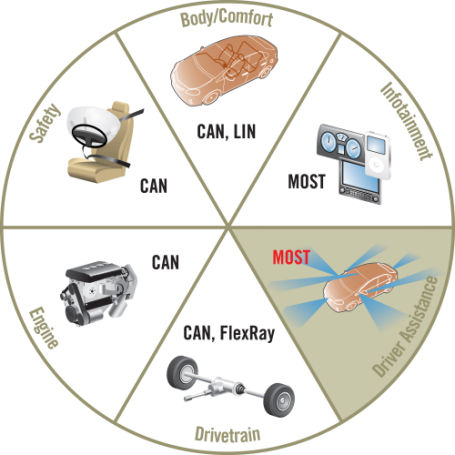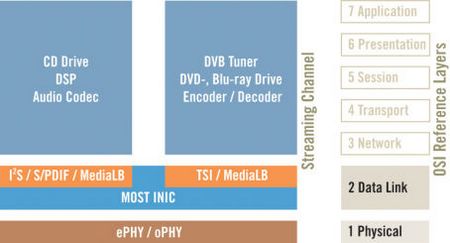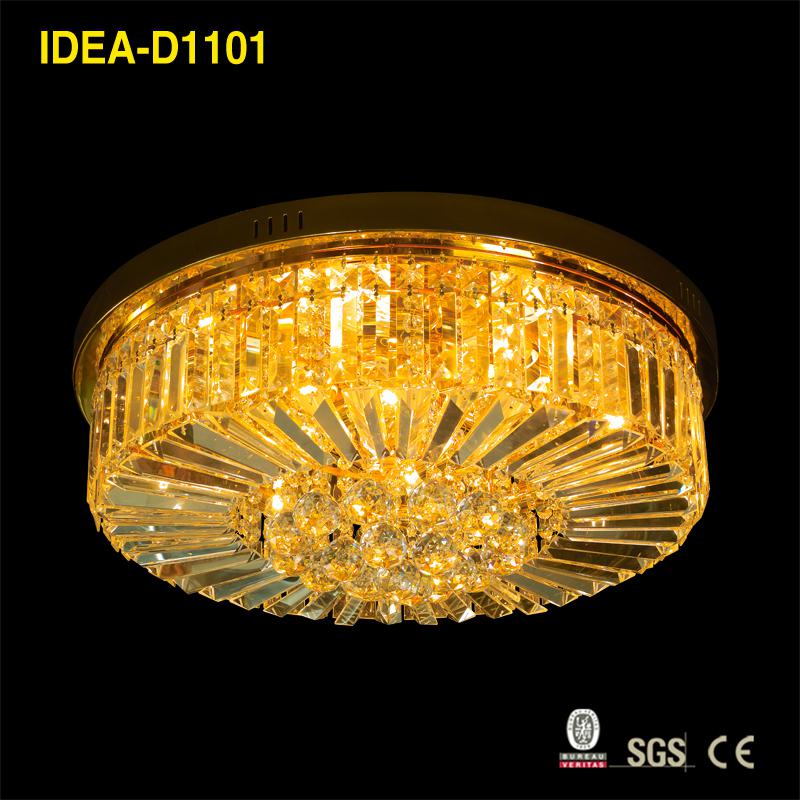Research on the Implementation of Vehicle Media Oriented Transmission System
According to research, the driver assistance system can play a positive role in driver's driving behavior and safety, and also protect the environment and improve traffic efficiency. With the rapid development of navigation functions, traffic information functions, camera systems, distance control, and route maintenance, system functions are no longer independent, but rather a cooperative relationship, and seamless integration between functions. It is the goal pursued.
This article refers to the address: http://
The Advanced Driver Assistance System (ADASS) is connected to many different in-vehicle electronic systems. Like the human body, the functions of the auxiliary systems in the car must also cooperate with each other: sensors (radar, camera, ultrasonic); processing unit; actuators (steering wheel, brake pedal, electronic stability control, airbag). So many systems are complicated to use, which requires information exchange between system functions. Obviously, adequate network infrastructure construction is critical to improving the efficiency of the driver assistance system. The range of functions of the driver assistance system is gradually expanding and will be part of the E/E ecosystem.

In order to seamlessly cooperate with the driver assistance system and the entertainment information system, specific requirements are required in the network technology. These prerequisites are the need for highly integrated multi-channel networks; real-time acknowledgment and low latency; flexible scalability architecture; high bandwidth; security and stability. Therefore, a multi-channel network with inherent synchronization is preferred.
Further advantages such as technology maturity, cost-effectiveness, flexible topologies, and parameters in the Media Orientation System (MOST). The media directional transmission system enables simultaneous transmission of all functional data streams, and these service function data are synchronized.
The latest generation of media-oriented transmission system MOST150, capable of supporting IP protocol data communication, provides an Ethernet channel for cars with configurable bandwidth from 0 to 150 megabytes per second. Through this approach, MOST provides data transmission channels for applications based on IP communications, including wireless network devices and C2C devices as well as C2X devices.
The MOST architecture uses functional module concepts, including a well-defined programming interface that enables the standardization of entertainment interactive applications and sensor interfaces.

Packet transmission
The Ethernet connection is suitable for connection to a computer system in the case of an unstable network connection, and it can achieve data transmission in a wide range. Each packet is encapsulated and re-addressed and control information arrives at the destination, and the transfer speed is very fast.
IP address connections are a great help for sending e-mail, browsing the web, and moving data. The problem of carrier sense multiple access (CSMA/CD) architecture with collision detection in Ethernet is that it may be detected when a collision occurs, and its transmission rate when there is too much data involved in the Ethernet. Will be greatly reduced, sometimes leading to multiple reconnections to the network. The system is uncertain and the delay of network transmission varies greatly. Audio, video, and other applications that require continuous operation can severely impact usage experience once they are interrupted, so the shortcomings of Ethernet connectivity are obvious.
Control information data must arrive within a predetermined time, and the network can be kept in a buffered form. However, devices such as sensors in the car camera or driver assistance system are related to driving safety, do not allow any buffering, and all data must be real-time. data. The compromise solution requires an extra piece of hardware. The so-called data buffering method is only in the theoretical stage and is not suitable for true real-time transmission.

All network interfaces need to be connected to the switch, adding hardware and cost more than current Ethernet transceivers. Audio Video Bridging adds hardware to allocate clocks, provides timestamp messages for each time packet, and provides reserved bandwidth and packet optimization mechanisms.
Streaming
IP packet addressing transfers information requires a lot of overhead. Adding addressing information and interrupting the transmission of packets and then checking the packets passing through a device, doing so wastes a lot of bandwidth. The latency of the packets passing through the system is also uncertain, they need to decompress the packets and put the data into a continuous stream of data, which is processed by the A/V decoder.

Streaming and media-oriented system transmissions have significant advantages for this type of transmission. The media guidance system transmission control channel is used to place data in one frame, and one of the renderers can read the data of this frame at any time. Once this setup is completed, only A/V data can be transmitted without any addressing transmission or timing information.
With MOST150, there is no need to force all data to be converted into a specific format to accommodate a single transport protocol because it has a dedicated Ethernet channel. This channel is capable of transmitting standard Ethernet packets and is transmitted over the MOST network without going through a high-level Ethernet stack.
MOST150 intelligent network interface controller (INIC), even with Ethernet-style media access control (MAC) address, so that Ethernet packets can be extracted in the right place and passed to other standard Ethernet devices, this process does not need Switch or any other hardware device. Stream data can be transferred in parallel.
The strengthening of the entire automotive network management infrastructure will help the car to better utilize Ethernet data transmission. A complete tool chain for automotive development and manufacturing systems already exists and is ready to incorporate Ethernet functionality into MOST.
The MOST stream channel does not require a separate stack data structure. Data can only be transmitted into the network. Low transmission delay is good for automatic data acquisition systems, and the transmission delay from the terminal to another terminal, including compressed data and decompressed data, is only a few milliseconds.
MOST includes all the software layers of the automotive industry and does not require a new automotive network management stack data structure. From a technical point of view, there is no need to give the type of network infrastructure required for a car to death. Whether it is packet transmission or streaming, the designer can use the best transmission scheme according to the actual situation.
Classical Crystal Ceiling Light is a kind of embedded ceiling light with Metal and crystal for main material . Ceiling Lights can be mounted directly on the ceiling, easy to install, simple and generous style, giving the space clear and bright feeling. Ceiling light to the diversification of development, both to absorb the chandelier luxury and style, but also with a ceiling-style installation, to avoid the shorter room can not install large luxury lighting defects. These type light used E14/E27/E12/B22 lamp holder. There are many different patterns and designs for customer to choose. We can make light according to customers' requirments.

Classical Crystal Ceiling Light
Crystal Ceiling Light ,Ceiling Lamp,Ceiling Lights,Crystal Ceiling Chandelier
Zhongshan Laidi Lighting Co.,LTD , http://www.idealightgroup.com